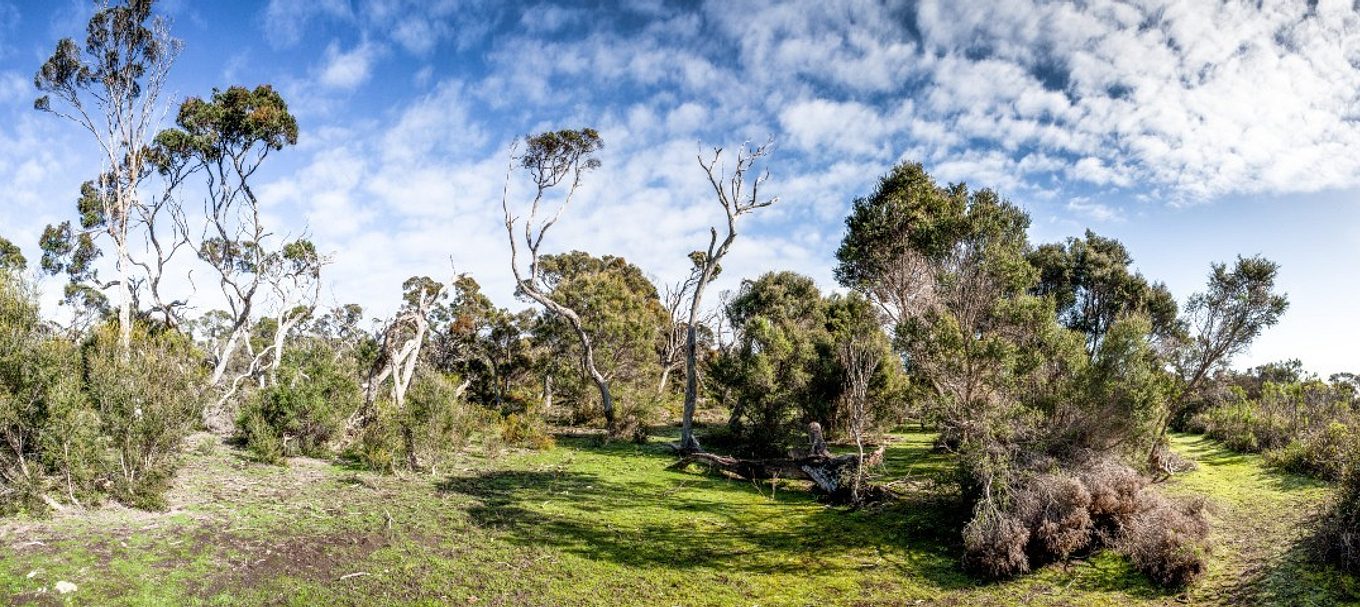
How to ‘leave no trace’ on your next visit to a national park
One of the most important things you can do in a national park is to leave the area exactly how you found it when you arrived. This means leaving no trace and taking out what you bring in.
We are so fortunate in South Australia to have many beautiful national parks to bushwalk, ride, camp and stay in and it’s vital that we take good care of them.
Here are 5 things you can do to ‘leave no trace’:
1. Take your rubbish with you
Think about what you’ll need for your camping trip or picnic and how you can reduce the amount of rubbish you’ll create.
Bring a few garbage bags and take your rubbish with you when you leave – don’t dump your rubbish in the park.
Animals can easily get into garbage bags, distributing rubbish far and wide, or they can potentially become sick or injured from eating the contents.
2. Bring your own firewood
If you’re looking to build a campfire during your stay, bring your own firewood. Service stations often sell high-quality wood at a low cost.
Remember, you can’t forage for, or cut down, wood in a national park. Dead and fallen timber is important habitat for birds, animals and insects.
Top tip: Find out how to safely enjoy a campfire by checking National Parks and Wildlife Service's website or reading our story: Everything you need to know about safely enjoying a campfire.
3. Clean up after your dog
In SA, there are 17 national parks where you can take your dog. For the protection of native wildlife and your dog, the other 342 parks do not allow dogs.
If you’re in one of the 17 parks where dogs are permitted and your furry friend needs to use the bathroom, make sure you clean up after them and take the rubbish with you. No one likes having to deal with another dog’s business or encounter plastic bags full of doggy doo on the trail.
Top tip: Learn more in: Everything you need to know about taking dogs in SA’s national parks.
4. Don’t take anything from a national park
This is why they invented smartphones – you can capture amazing footage and videos in national parks, so the only thing you need to fill while you’re there is your memory card. Keep your pockets empty, don’t take any of the natural wildlife or habitat out of the park.
5. If nature calls, do the right thing
Last but not least, if nature calls, take lots of big steps away from any water source and make sure you bury all your evidence. Don’t go leaving your business uncovered.
Bring a trowel or shovel and dig a deep hole. Bury or burn your toilet paper, just make sure it’s gone. There is nothing worse than pulling up at a campsite only to find it littered with toilet confetti.
When you take your rubbish home you save National Parks and Wildlife Service waste management costs, allowing the team to provide other services highly valued by the community, such as employing information officers and rangers who provide important park information services and maintain parks visitor facilities.
How you can help
If you notice someone dumping rubbish or cutting down firewood in a national park, do the right thing and report it to the ranger on duty. Contact details for each of SA’s national parks can be found on the individual park pages of National Parks and Wildlife Service's website – you might like to screenshot the contacts page on your mobile phone before you head off, just in case.
Wondering what to pack if you’re heading out for a hike? Here’s our recommendations:8 things to take on a hike in South Australia’s national parks.
This story was originally posted in August 2020.





